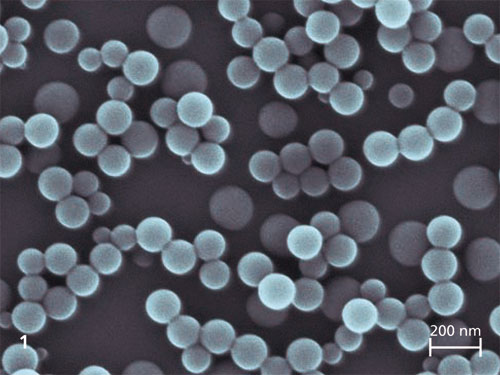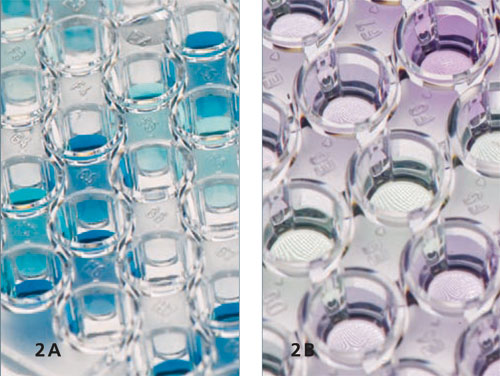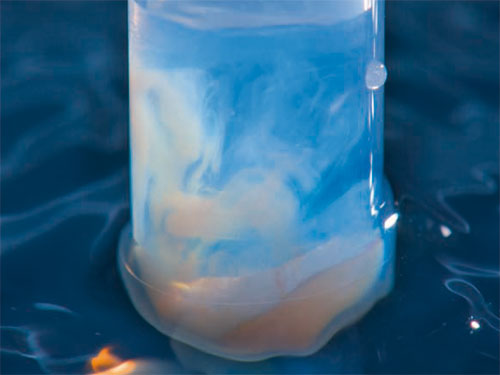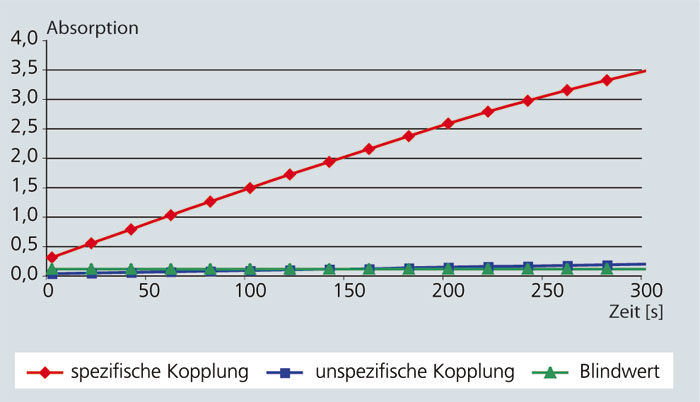Enzymes embedded in barrier coatings for active and intelligent packaging
Enzymes are versatile biocatalysts which are increasingly being used for industrial purposes. However, the technical application of an enzyme is often limited by insufficient long-term stability under real life processing conditions and due to recycling problems. These weak spots can be avoided by immobilizing the enzymes. Moreover, the immobilization also provides the opportunity for improving the catalytic features and for avoiding protein contamination in the product.
 Fraunhofer Institute for Interfacial Engineering and Biotechnology IGB
Fraunhofer Institute for Interfacial Engineering and Biotechnology IGB


